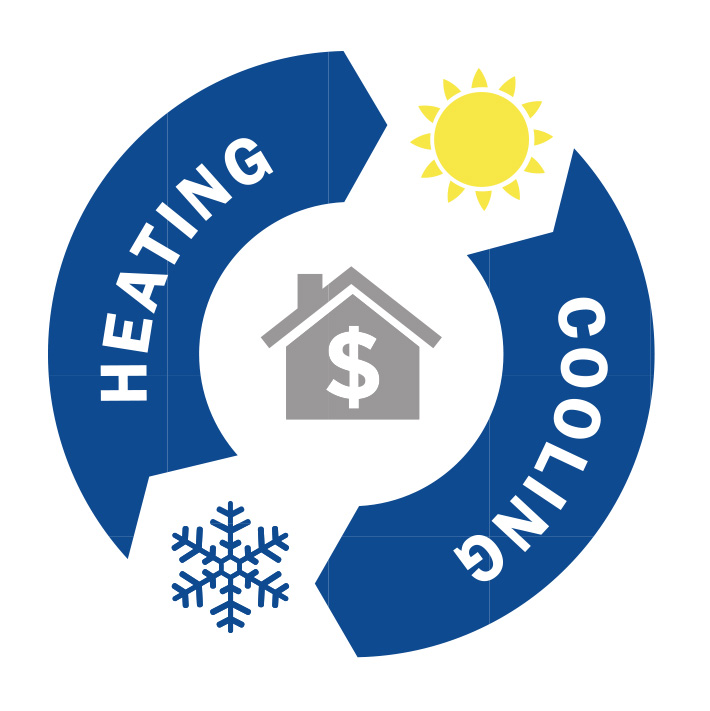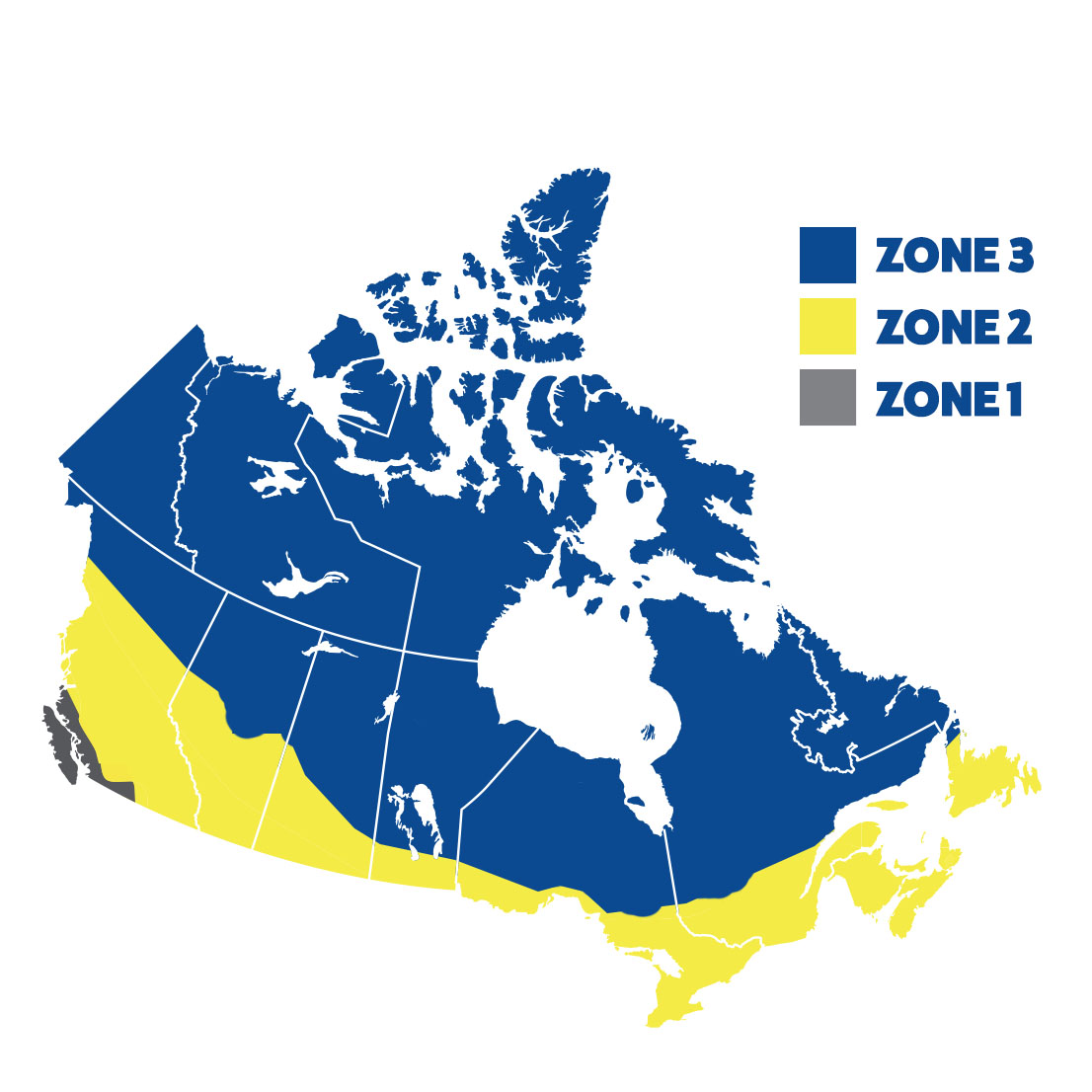Windows Buying Guide | DIY

There are many reasons why people replace their windows. Leaks, cold drafts, tedious maintenance and out-dated styles are just some of the reasons. Original windows and windows more than ten years old are typically the main source of energy inefficiency in a home.
Did you know that a homes single largest source of energy loss is its windows?
When windows and doors seal poorly, energy is transferred in four different scenarios: Infiltration, Exfiltration, Conduction, and Radiation.
Infiltration:
Occurs when cold air leaks into your house through your windows, making your home feel drafty and uncomfortable.
Exfiltration:
Occurs when warm air leaks out of your house through your windows, making your home lose efficiency in heating abilities.
Conduction:
Occurs when Mother Nature is heating or cooling the glass from the outside, while your home is trying to do the opposite from the inside. Guess who wins? An example of Mother Nature winning the conduction game is icicles forming around the edge of the window. It's no accident that heating and cooling vents are placed in front of windows.
Radiation:
Is when the glass in a window actually intensifies the effects from the sun unless treated with a special coating.
Window Ratings and What They Mean:
Canada is divided into Three climate zones based on annual average temperature. Zone 1 is the mildest, and Zone 3 is the coldest. Make sure that the product model you are buying is qualified for the correct climate zone. Atlantic Canada is listed as requiring ZONE 2 Performance.
U-Factor:
The U-Factor is a measure of the rate of heat loss through a window. The lower the "U-Factor" the lower the amount of heat loss. This is important in colder climates, where installing windows with lower "U-Factors" will reduce the percentage of heat that leaves your house.
Solar Heat Gain Coefficient:
The Solar Heat Gain Coefficient measures the rate of heat gain through a window. The lower the solar heat gain, the lower the amount of heat that will enter from the outside. This is important in warmer climates, where air conditioning is commonly used on a regular basis.
R-Value:
The R-Value is the resistance that a window has to heat flow. If a window has a high R-Value, it will lose less heat than a window with a lower R-Value. Simply put, the R-Value is the inverse to the U-Factor. Condensation Resistance factor, air infiltration, and structural integrity are also vitally important to a window's overall effectiveness.
Egress Windows:
Egress windows are required in all bedrooms and any areas of a house people sleep. Egress means that the window contains a minimum of 542 square inches of unobstructed clear opening and can be opened from the inside as an escape in case of emergency.

